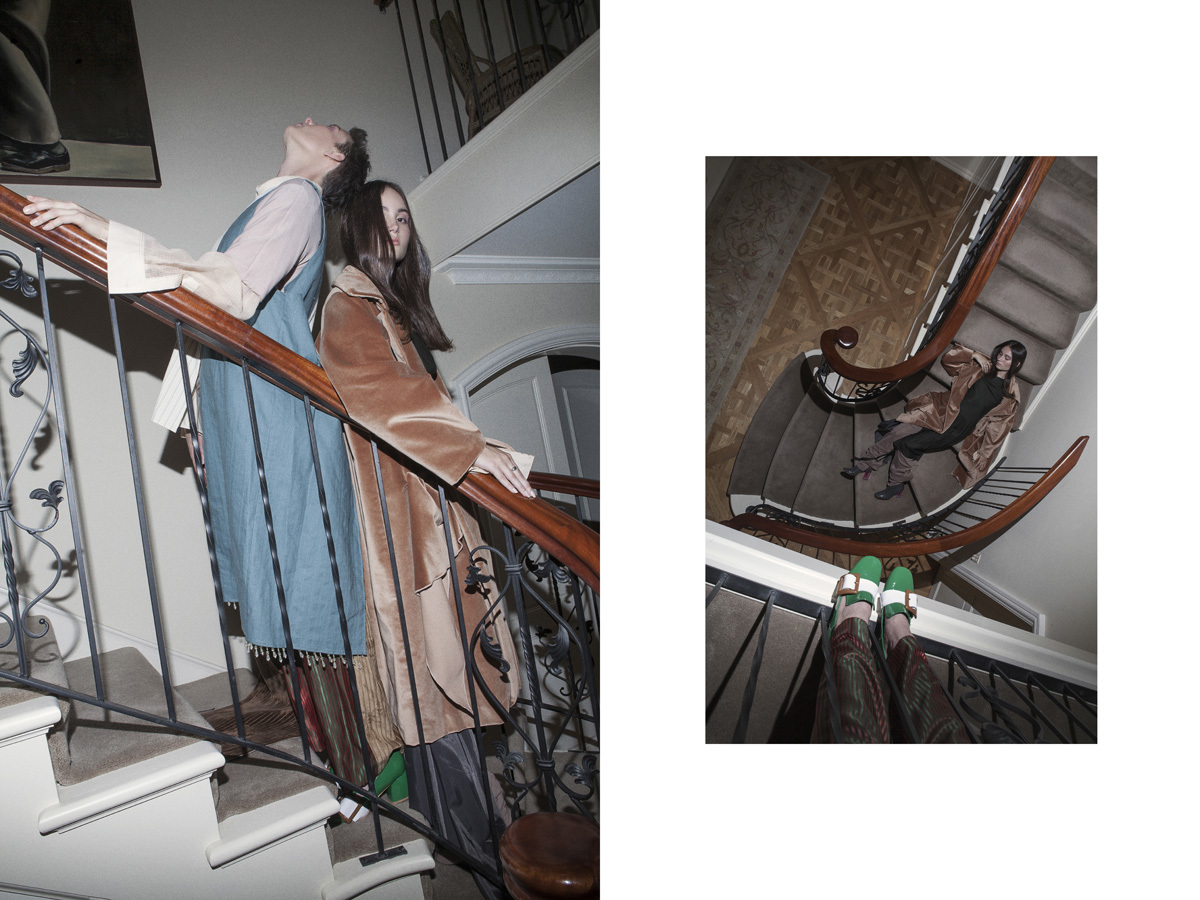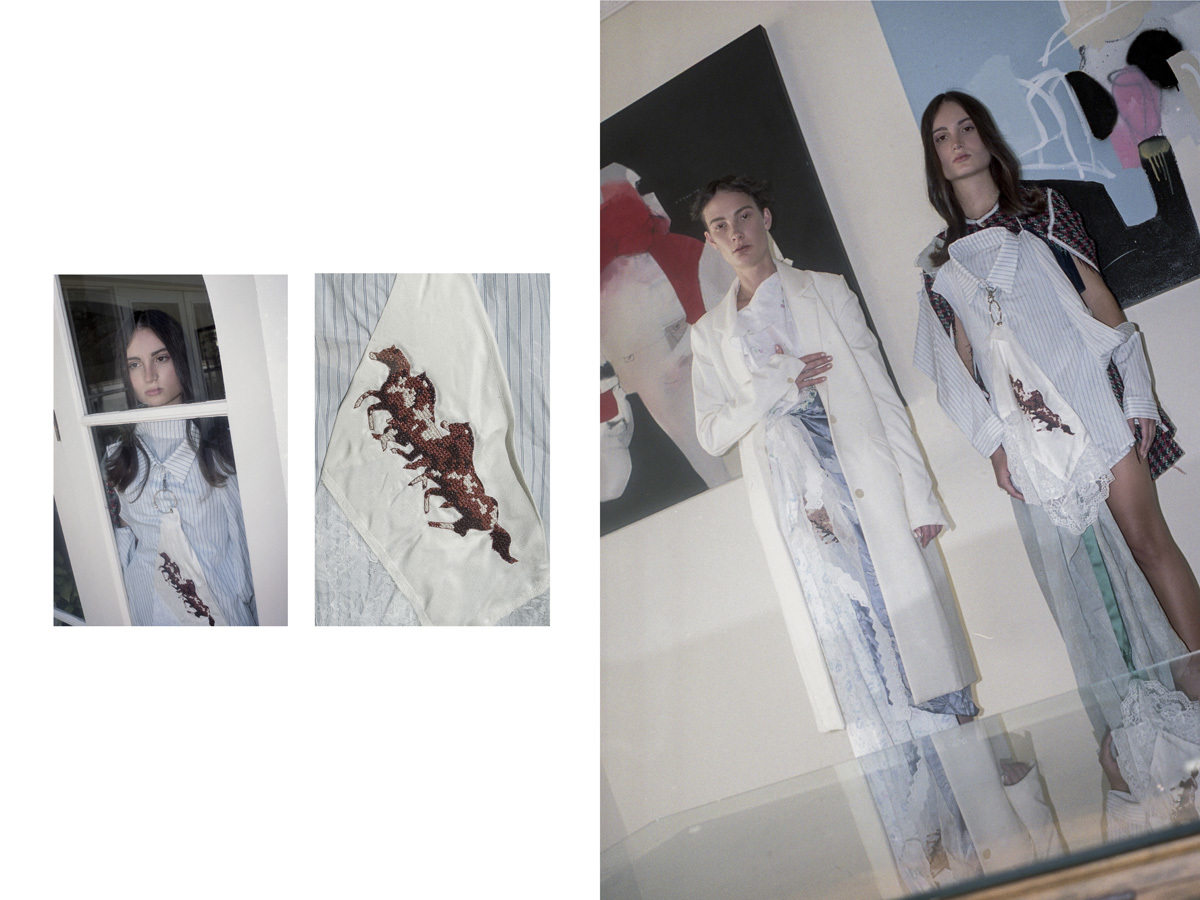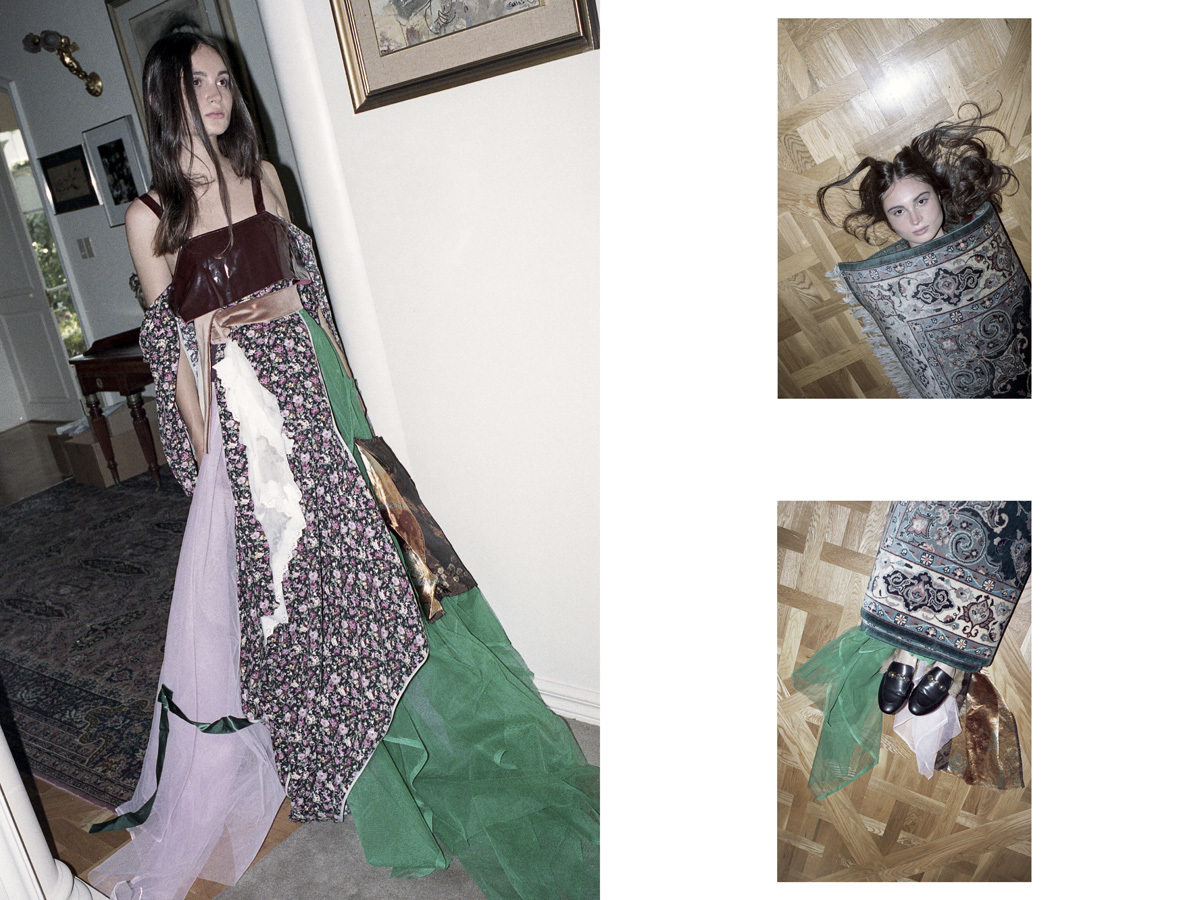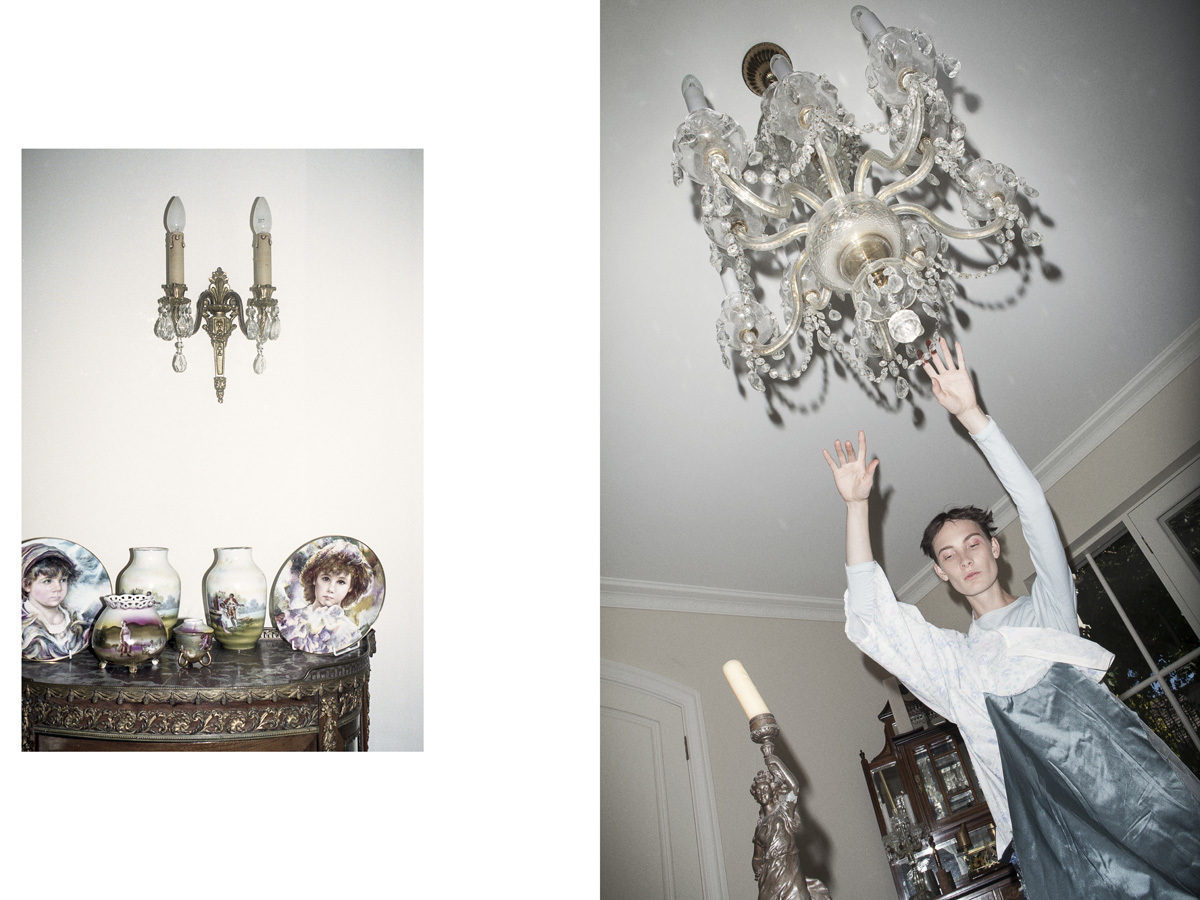Jason Tran is RMIT’s latest wunderkind: a textile whiz-kid who combines impossible combinations of fabric to create new forms and shapes. Jason is a fresh new face on the Australian design scene providing a youthful take on traditional practices.
Together we discussed the future of sustainable fashion, creative processes and how to be an individual in a world full of homogeneity.

Fashion is at such a critical cross-roads at the moment and, particularly with the gap between high end and chain stores, art and imitation is steadily widening. What do you feel is the future for young independent designers?
I think it is progressively harder for young designers to become part of the current fashion regime. I’ve certainly experienced bias towards my ‘conceptual’ designs when approaching the industry, which is disappointing since it doesn’t hinder anyone’s ability to work commercially. Although surely there has to be change in the future, as we all see how dull fast fashion is.
I feel that for emerging designers the future focus is on a multi-disciplinary practice and collaborative design. With all this DIY and self taught knowledge there is more that could be done through creative communities for the future. I think we all experience a drive to be creative and to be able to nurture that (through formal or non-formal education and involvement) with others to bring around positive change artistically and commercially.

Your work plays with youthful and classic motifs – galloping horses and soft colours.
The idea that the body of work plays on youthful rather than classic motifs comes from different methods I’ve learnt (traditionally) that could be applied to methods that I make up (non-traditionally) as I work.
The playfulness of the work comes in part as a rejection to the rigidity or seriousness of fashion. I love beautiful craftsmanship and appreciate a high standard of technicality in fashion but there is something sickeningly relied upon in fashion (over-consumption, brand delusion, etc.), which is communicated through a lack of clarity.
There isn’t always a conceptual translation from idea to form, sometimes an idea would come literally from a gesture, text or image, but then sometimes it is theoretical and reflective of exploration. For me, the erratic nature of the process is a homage to the destruction of semiotic and semantic hierarchy, which gives that haphazard and layered aspect to my work.

Which artists and designers do you draw influence from?
Influential people that have guided my practice include Jon Rafman, Slajov Zizek, Craig Owens, Mathew Barney, Eckhaus Latta, Martin Margiela and Comme des Garçons, the list could go on!
The garments you create are serenely haphazard, materials collide in a mishmash of styles and cuts. What is the process you use to create?
The process is autonomous and intuitive and the collection is a body of work that evolves naturally in response to my practice. One garment to compliment or to be contrasted against the next, which takes into account (or also doesn’t take into account) fabric, finish and tradition. I’m not representing an imitation of reality, but rather constructing a reality through creation.

How has RMIT shaped and nurtured your creative process?
I am indebted to RMIT for helping me nurture my creative processes, being surrounded by like-minded people and tutors who have been in the industry for so many years. I feel that being there let me discover my own course of action and interests, with support and guidance provided when needed.
Every choice made as a student was heavily critiqued and analysed which made it a gruelling process, but also led to a more meaningful outcome. Also, being able to bounce ideas off one another is one of the most important creative processes for me to keep ideas fresh and relevant.

What do you think it is that gives Australian designers their uniquness?
I think being so far away geographically from the rest of the world makes Australian design very unique. It is also a ‘tough’ place to be, our ability to resist the influence of those more established cities gives our approach to design a unique characteristic. I feel like our easy-going attitude, humour and comparatively young historical frameworks lends itself to something uniquely Australian.
Although, I am not a very active on the digital platform, being able to access that diverse audience online has very real-life influences, which has led to some very inspiring collaborations. I also believe that the creative culture within Australia is very welcoming and supportive, leading to an even more positive future for design.

Credits
Text Ruby Giles
Direction & Styling Kurt Johnson
Photography Tre & Elmaz
Make Up Tara Lama
Hair Steffi Tanian
Models Lily at Folk Collective and Angelique at London Managament
